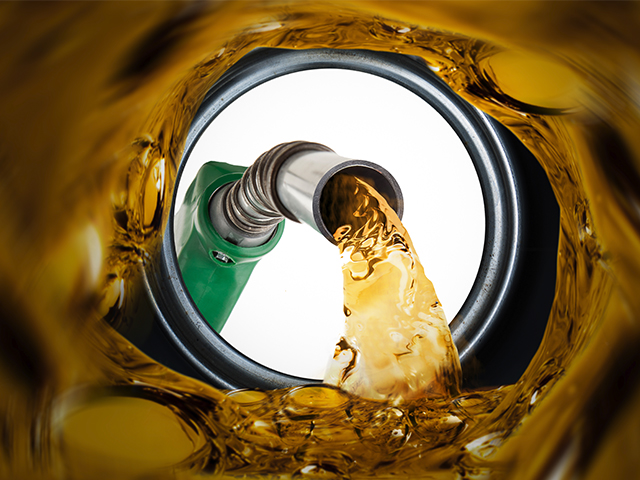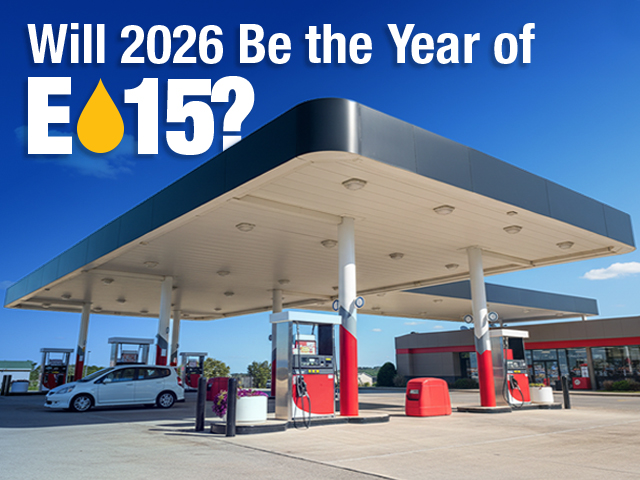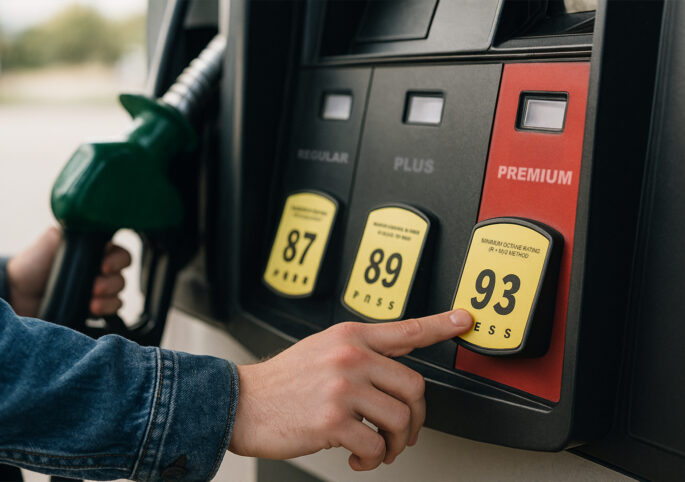The sale of unbranded fuel is steadily increasing, with major C-store chains like QuikTrip, RaceTrac, Sheetz and Wawa leading the way. What’s behind this shift? The answer begins with understanding how branded and unbranded fuel differ, as well as the advantages and potential drawbacks of each approach.
1. What is the difference between branded and unbranded fuel?
All types of refined gasoline and diesel arrive at the storage terminal as generic, undifferentiated products that meet EPA standards for quality and performance. According to NACS, the generic fuel becomes branded fuel when the fuel is loaded into tanker trucks and proprietary blends of additives are added. Unbranded fuels receive only the minimum amount of detergent additives required by the EPA.
2. What are the advantages of selling unbranded fuels?
With no brand licensing expenses or proprietary additive packages, unbranded fuels are consistently priced 5 cents to 15 cents lower than branded fuels. Retailers can choose to pass on the cost savings to help attract a larger volume of customers and increase higher-margin in-store sales. Retailers can also choose to maintain a retail price point similar to branded stations in the area and, in doing so, realize a higher gross margin per gallon. Finally, without a single-source
contract, unbranded retailers have the freedom to “shop around” to find the best wholesale price for their fuel.
3. What are some potential downsides to selling unbranded fuels?
NACS reports that, when the supply of fuel is limited, oil companies will prioritize their own stores and their branded contracts. Unbranded retailers will need to compete for the remaining supply.
A Powerful Pairing
Unbranded fuel usually bears the name of the C-store. Therefore, consumers almost certainly associate the unbranded fuel with the C-store brand even if the fuel was refined by a Big Oil company. With price a leading factor influencing fuel purchases, and C-stores leveraging strong foodservice offerings to increase foot traffic and extend visits, C-store chains that combine unbranded fuel with leading foodservice may, in fact, be supercharging their competitive advantage.



